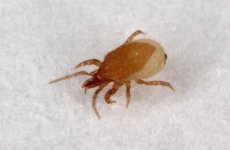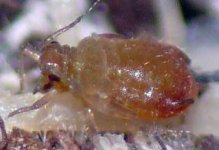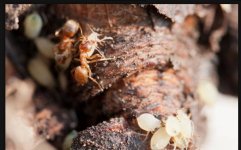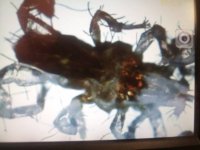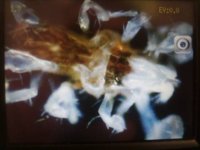Of all the chems and alternatives, it appears from all criteria that Orthene is the "least worst" chem. Pyrethrin by itself has a very short effective life...but when PBO is added, the synergy extends the effective life and increases the potency--which simply means, with PBO less pyrethrin is required since it is more potent and will last longer.
When I attempted the organic route, I tried dunking with various of oils (neem, Azamax, petroleum, etc) and after each oil dunk--it seemed the plant would lockup and "trip out at never-never land" for about a week. When I discovered Riptide oil-free and about half the cost of "oil based" pyrethrin + PBO pesticides...and had very little restrictions on usage, I said SOLD!
Maybe that is why there is no 7 day "lockup" when using Riptide...no oil.
Dunking 5 gallon containers in 18 gallon party bucket was the easiest. The party buckets were $5 and change at Home Depot...and can be used to make a triple batch of compost tea--easier to clean one jumbo bucket than 3 five gallon buckets!
When I attempted the organic route, I tried dunking with various of oils (neem, Azamax, petroleum, etc) and after each oil dunk--it seemed the plant would lockup and "trip out at never-never land" for about a week. When I discovered Riptide oil-free and about half the cost of "oil based" pyrethrin + PBO pesticides...and had very little restrictions on usage, I said SOLD!
Maybe that is why there is no 7 day "lockup" when using Riptide...no oil.
Dunking 5 gallon containers in 18 gallon party bucket was the easiest. The party buckets were $5 and change at Home Depot...and can be used to make a triple batch of compost tea--easier to clean one jumbo bucket than 3 five gallon buckets!

